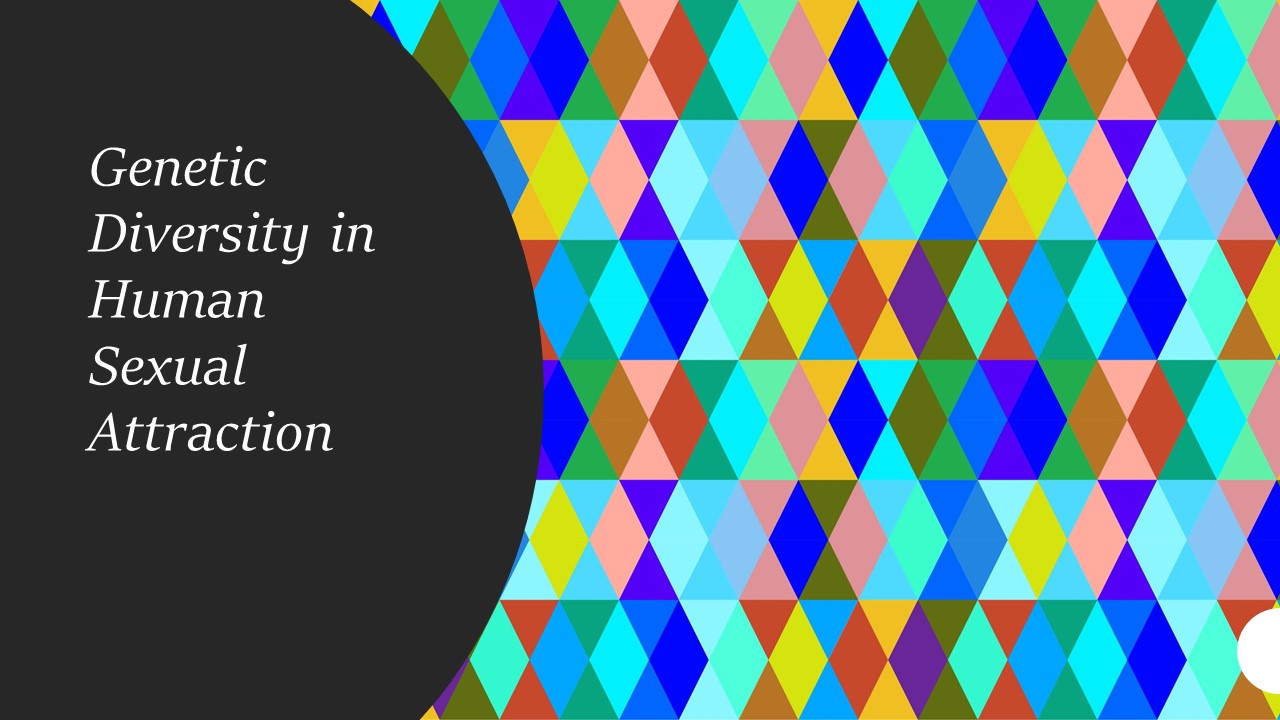Despite the importance of similarity in genetic sexual attraction, genetic diversity is equally important in love. It appears that both similarities and differences between love partners play important roles.
Evolutionary Value of Genetic Diversity
Genetic sexual attraction plays an important role in triggering love between men and women. However, sexual attraction for sexual reproduction also strives to avoid the negative effect of excessive genetic similarity between loving partners. Inbreeding has a deleterious biological effect on the offspring in terms of health quality, the likelihood of diseases, disabilities, and mortality (see for review, Ceballos et all, 2021; Hasselgren & Norén, 2019).
Therefore, human evolution and population growth throughout history have promoted people to exclude mates with extreme genetic similarity from the pool of possible mating partners. Such mating increases the likelihood of harmful recessive genes and reduces offspring fitness (Ceballos et all, 2021).
Cultural Evolution Encourages Diversity in Genetic Sexual Attraction
Even though consanguineous marriages—mating relations with blood relatives—have been widespread throughout history, cultural norms of incest taboos have evolved in many societies to safeguard against this harmful effect of inbreeding. People likely became aware of the harmful effect of sexual relations between close relatives on the quality of their offspring. Incest, or sex between family members, became a cultural taboo in many societies. Evolving social norms and psychological experiences of love began to respect the principles of biological evolution. They were adjusted accordingly, encouraging the extended reproduction of offspring.
A Controversy over Genetic Sexual Attraction among Family Members
Although people perceive potential mates who resemble their kin as more sexually appealing, incest avoidance evolves from the development of taboos. When awareness of the kin relationship between self and other is bypassed, relatives often look sexually appealing to a person. So, by only consciously acknowledging incest taboos, people suppress their sexual attraction to kin (Fraley & Marks, 2010).
The Benefits of Diversity in Genetic Sexual Attraction Encourage Cultural Taboos against Incest
The difference between partners in their genetics leads to healthier offspring. Therefore, natural selection—and cultural norms accordingly—developed protective psychological mechanisms to decrease the sexual drive for similarity and allow only a suitable measure of variance between partners in love relationships. This evolutionary mechanism might be at the origin of the strong incest taboo among many populations of species and human societies (Lampert 1997, p.14).
Societies in history and modern times have respected the incest taboo, prohibiting sexual relations between females and males who are in kinship relationships. Many human societies have cultural norms prohibiting sexual relations among kin (Lampert, 1997; Murdock, 1949; Westermarck, 1891/1921).
You may also be interested in the articles:
- Genetic Secrets of Love Attraction
- Genetic Diversity and Genetic Sexual Attraction
- Why Do We Love Good-Looking People?
- Sexual Preferences for Physical Attractiveness
- Physical Beauty of Men and Women Across Cultures
- Attraction to Familiar Others
References
Lampert, A. (1997). The evolution of love. Praeger.
